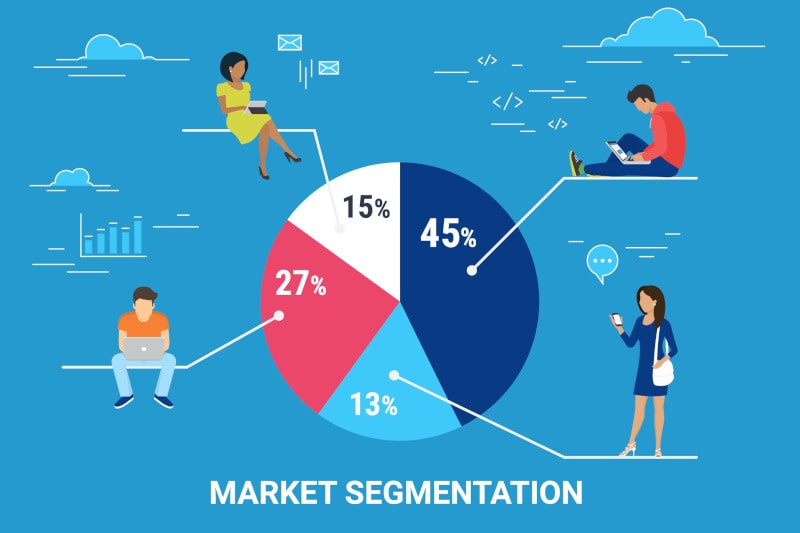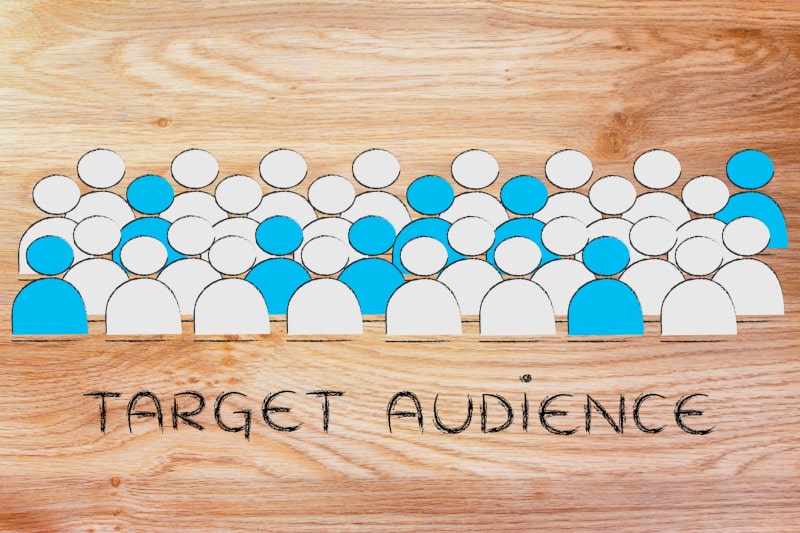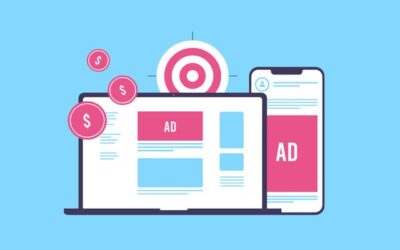As digital marketing continues to evolve, one of the most transformative technologies for advertisers is Real-Time Bidding (RTB). With RTB, ads are purchased and displayed almost instantaneously, allowing advertisers to target the right users at the right moment. But what truly sets successful campaigns apart is the ability to leverage audience data effectively.
As an expert in the field, I’ve seen how advanced targeting techniques in RTB can revolutionize personalized advertising, providing businesses with unprecedented precision and improving campaign performance. Let’s explore how audience data plays a crucial role in RTB and why it’s a game-changer for advertisers.
With a reliable advertising platform, advertisers can take advantage of sophisticated algorithms that process audience data in real-time, allowing them to automatically bid on impressions that are most likely to lead to conversions. This is where the true power of RTB lies: the ability to dynamically adjust bids based on real-time information about the user, maximizing the return on investment (ROI) for each ad impression.
Content
The Power of Audience Data in RTB
At the heart of RTB’s efficiency lies audience data, which allows advertisers to deliver personalized messages to individual users based on their preferences, behaviors, and demographics.
Audience data refers to the detailed information collected from various online and offline sources about users, such as their browsing history, purchase behavior, and even interactions with brands through social media and email. This wealth of information gives advertisers the insights needed to make more informed bidding decisions.

One of the primary advantages of utilizing audience data in RTB (“Real-Time Bidding”) advertising is the ability to refine targeting. Instead of casting a wide net and hoping for the best, advertisers can use audience segments to focus on users who are more likely to engage with their ads.
This level of granularity ensures that ads are displayed to the most relevant audiences, improving engagement rates and reducing wasted ad spend.
Advanced Targeting Techniques Using Audience Data
Imagine combining the power of push notifications with audience data from RTB—advertisers could deliver timely, highly relevant messages directly to a user’s phone based on their current behavior or location.
One of the biggest challenges for advertisers is delivering personalized advertising at scale. With RTB, this is not only possible but also highly effective. By leveraging audience data, advertisers can employ advanced targeting techniques to reach their ideal users with highly relevant ads. Here are some key methods to enhance your RTB campaigns:
- Behavioral Targeting: Behavioral targeting is one of the most popular ways to use audience data in RTB. This method involves tracking a user’s online activity, such as websites visited, products viewed, or items added to a shopping cart, to serve them ads based on their past behavior. For example, if a user frequently visits travel websites, RTB platforms can target them with ads for flights or vacation packages. Behavioral targeting ensures that ads are tailored to the user’s interests, making them more likely to convert.
- Contextual Targeting: Contextual targeting focuses on delivering ads based on the content a user is currently viewing. By analyzing the context of a webpage or app, advertisers can display ads that match the user’s immediate interests. This approach is particularly effective when combined with audience data, as it ensures that users not only see ads relevant to the content they’re engaging with but also receive personalized offers based on their broader online behavior. It’s a perfect synergy of content strategy and user-specific targeting.
- Geotargeting: Geotargeting allows advertisers to use location-based audience data to serve ads tailored to a user’s geographical location. This can be especially useful for businesses that want to attract customers to physical stores or offer region-specific promotions. For example, a retail store can use RTB to show ads for in-store sales to users who are within a certain distance from their location. By combining geotargeting with real-time bidding, advertisers can create highly localized campaigns that deliver personalized messages at the most opportune moment.
- Demographic Targeting: Demographic targeting involves using audience data such as age, gender, income level, and other personal details to create audience segments. This information helps advertisers craft ads that resonate with specific groups of users. For example, a luxury car brand might use RTB to target high-income individuals with ads for their latest model, while a beauty brand might focus on young women who have shown interest in skincare products.

By applying these advanced targeting techniques, advertisers can make the most of their audience data, ensuring that every impression counts. For advertisers looking to achieve this level of precision, working with an advanced advertising platform that offers real-time data integration is essential.
The Future of Personalized Advertising with RTB and Audience Data
The future of personalized advertising lies in the continued advancement of RTB technologies and the smarter use of audience data. As more data becomes available and artificial intelligence (AI) continues to improve, advertisers will have even more opportunities to refine their targeting strategies. One exciting development is the integration of push notifications with RTB campaigns.
The Push notification technology allows advertisers to engage users directly through their devices, sending personalized messages in real-time. This could lead to significantly higher engagement rates and conversions, making it a vital strategy for the future of personalized advertising.
Publishers also stand to benefit from this trend. By working with the right publishers, they can leverage audience data to provide advertisers with better targeting options, leading to more effective campaigns and increased revenue opportunities.

In conclusion, audience data is the key to unlocking the full potential of RTB. By understanding user behavior, preferences, and demographics, advertisers can deliver personalized ads that resonate with their audience, drive engagement, and maximize ROI.
As the digital marketing landscape continues to evolve, mastering the art of personalized advertising through advanced targeting techniques will be crucial for staying ahead of the competition.


